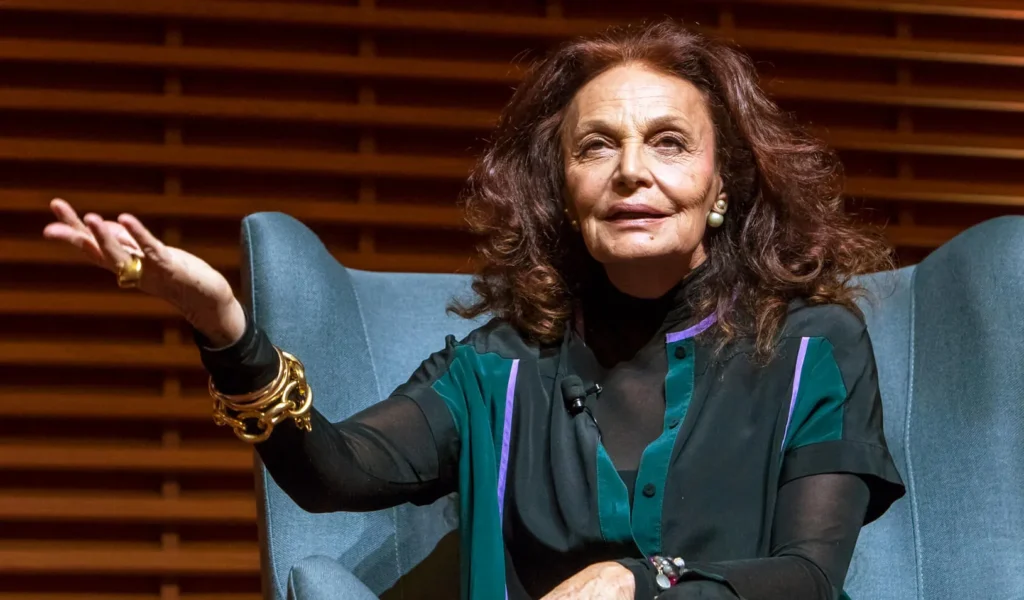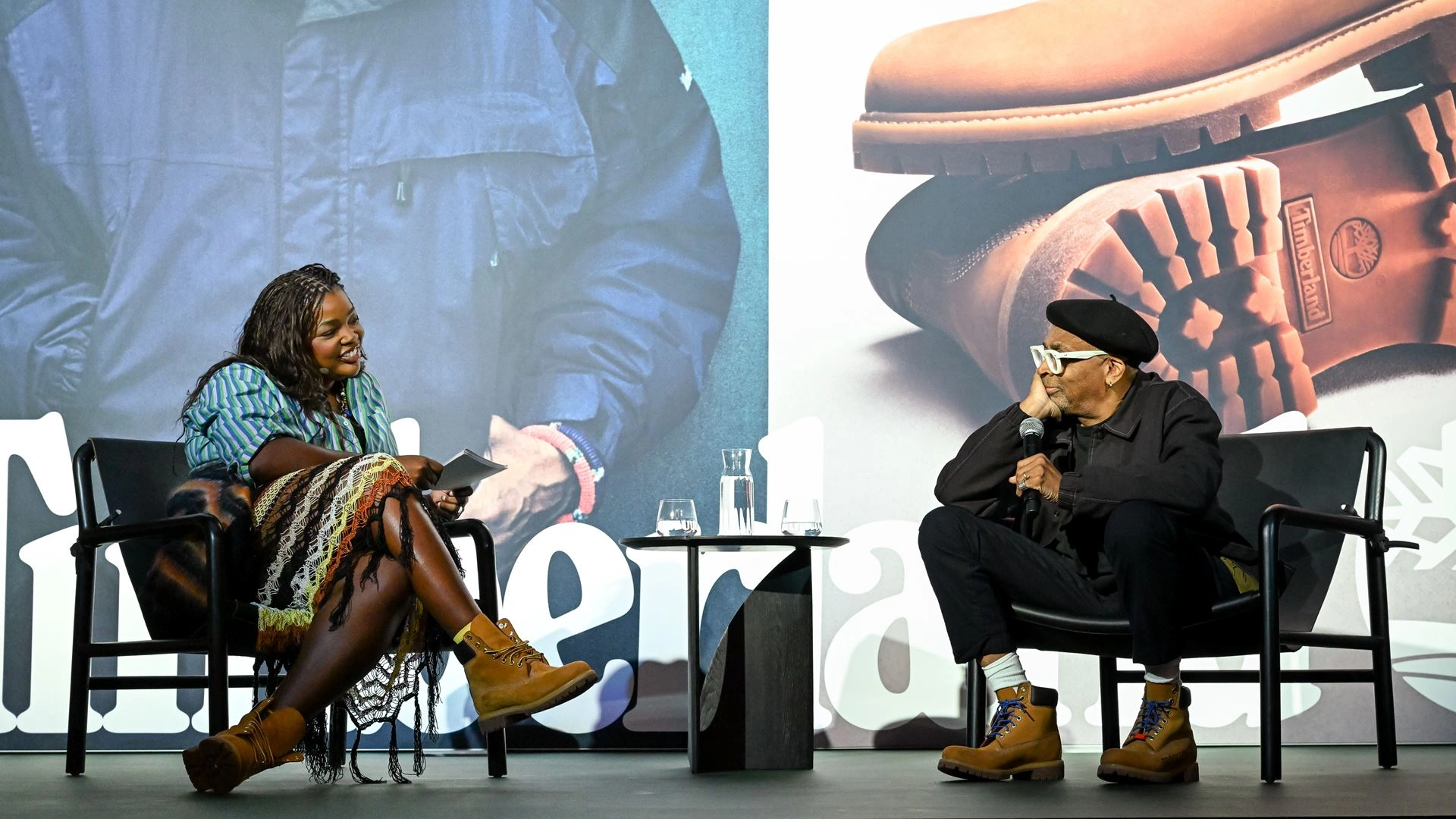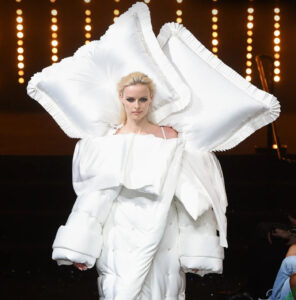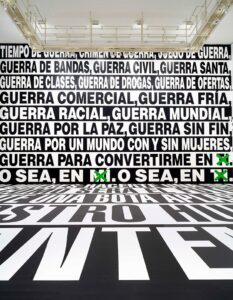There are designers who follow fashion’s tides, and then there are those who set them in motion. Diane von Furstenberg is the latter—a sovereign figure in modern fashion whose life and work represent not just an aesthetic, but a philosophy. Her legacy is not confined to fabric or silhouette, but to a vision of womanhood that is independent, sensual, and self-determined. Through the simple genius of a wrap, she liberated not just the female form, but the narrative surrounding it. This is the story of how Diane Simone Michelle Halfin, born on the final day of 1946 in Brussels, Belgium, wove heritage, hardship, and ambition into an empire stitched with empowerment.
A Childhood Framed in Contrasts
Diane’s life began in dualities. Her father, Leon Halfin, was a Russian-born financier, calculated and worldly. Her mother, Liliane Nahmias, a Holocaust survivor who had endured the concentration camps of Nazi Germany, was fiercely alive—intolerant of self-pity, vigilant of freedom. From this lineage, Diane inherited both elegance and fire. “Fear is not an option,” her mother used to say, and the phrase would become her compass.
Raised among Europe’s elite yet grounded by the resilience of survival, Diane developed a sensibility that would later define her designs: pragmatic beauty. Her education at the University of Geneva in economics offered structure, but her spirit leaned toward the expressive. It was there, amidst Switzerland’s lakes and literature, that she met Prince Egon von Furstenberg. They married in 1969, and Diane stepped into New York society—not simply as a princess, but as a woman ready to author her own destiny.
Becoming DVF: The Birth of an Icon
New York in the early 1970s was raw, electric, and malleable. Against this backdrop, Diane launched her eponymous brand and entered the fashion industry with quiet rebellion. Rather than conform to the existing mold of couture elitism, she sought to design clothing that answered the emotional and practical needs of women like herself—bold, mobile, sensual.
Then came 1974. The moment of impact.
The wrap dress—a stroke of accessible genius. Designed in a jersey knit, it wrapped around the body like a second skin and tied at the waist, echoing both Grecian ease and modern informality. It did not require buttons, structure, or struggle. In one swift motion, it clothed a woman in confidence. She could wear it to work, to a party, to a rendezvous, and take it off with just as much autonomy.
More than a garment, the wrap dress was a metaphor. It arrived during the second wave of feminism, embodying liberation without preaching it. It became both armor and invitation, and Diane von Furstenberg became the oracle of this new mode of femininity—independent, erotic, unapologetically self-possessed.
Empire Building and Setbacks
By the mid-1970s, Diane’s business was booming. Her brand had become a household name, and the wrap dress had sold in the millions. Her image—glamorous, bohemian, aristocratic yet accessible—appeared on the cover of Newsweek. She was not just designing for women; she was the woman she designed for. The line expanded into accessories, fragrances, cosmetics, and household products, with DVF boutiques opening in major cities around the world.
But success is rarely linear. The 1980s brought a fashion climate that drifted toward shoulder pads, power suits, and androgyny. The wrap dress faded from the spotlight, and Diane’s company faced financial headwinds. Yet, true to her heritage, Diane adapted. She launched a publishing house, created a home shopping television business, and explored lifestyle branding years before it became a buzzword. These ventures, while modest compared to her fashion apex, demonstrated her business acumen and instinct for evolution.
The Return of the Wrap
The ’90s marked a turning point. Vintage DVF wrap dresses began resurfacing in thrift stores and on runways. Young women, many of whom had grown up watching their mothers wear DVF, rediscovered the dress’s magic. Seizing the momentum, Diane relaunched the wrap dress in 1997 and reintroduced her label to a new generation.
The resurgence wasn’t nostalgia—it was relevance reborn. The fashion press celebrated the revival, and celebrities from Madonna to Michelle Obama embraced her designs. The wrap dress was no longer just a moment; it was a movement.
Philanthropy, Power, and the DVF Awards
Behind the drape of fabric always stood the silhouette of a woman who believed in women. Diane’s commitment to female empowerment was never an accessory to her brand—it was its core.
In 2010, she founded the DVF Awards, honoring women who demonstrate leadership, strength, and courage. From activists to inventors, the honorees span fields and geographies, echoing Diane’s lifelong belief that every woman has a voice and that voice should be amplified.
Her tenure as president of the Council of Fashion Designers of America (CFDA) from 2006 to 2019 marked one of the most impactful leadership periods in American fashion. She advocated for mentorship programs, championed inclusivity, and helped shape the careers of emerging designers. Under her stewardship, the CFDA became a forum not just for aesthetics, but for ethics.
Design Philosophy: Function Meets Fantasy
DVF garments have always operated on a simple dualism—beauty and utility. Whether through the strategic geometry of a print or the forgiving elegance of silk jersey, her clothes offer a tactile kind of confidence.
Her bold prints—zebra, polka dot, cheetah, chainlink—are never ornamental. They are declarations. Her colors are deliberate: coral for vitality, cobalt for intellect, black for strength. The wrap dress, revisited season after season, is endlessly reinvented in fabric and cut, yet always loyal to its original promise: freedom in form.
A Global House, A Personal Home
DVF is now a global brand, with flagships in Paris, London, and New York, and an online presence that reaches across continents. Yet at its core remains a personal narrative. Diane has spoken candidly about her relationship with media magnate Barry Diller, whom she married in 2001. Their partnership, marked by mutual admiration and independence, mirrors the very values her fashion promotes.
She is also a matriarch. Her children—Alexandre and Tatiana—and grandchildren are regular presences in her life and occasionally in her campaigns. Family, for Diane, is not a backdrop to success but its foundation.
Sustainability and the Future of DVF
In the 21st century, legacy brands face the dual imperative of relevance and responsibility. Diane has embraced both. DVF has committed to sustainable practices: incorporating eco-conscious fabrics, reducing waste, and aligning with ethical production partners. The brand’s digital transformation has also allowed it to reach younger audiences without sacrificing its heritage.
In 2020, Diane appointed designer Nathan Jenden as creative director to lead DVF into its next era. His deep familiarity with the brand’s DNA—he had worked alongside Diane for years—ensured continuity with a renewed energy.
Honors, Memoirs, and Immortality
Diane von Furstenberg’s contributions have not gone unnoticed. She has received the CFDA Lifetime Achievement Award, France’s Chevalier de la Légion d’Honneur, and the Women’s Leadership Award from the Lincoln Center Corporate Fund. Her memoir, Diane: A Signature Life, offers not just behind-the-scenes revelations but reflections on strength, failure, and identity.
She often reminds us: “I didn’t know what I wanted to do, but I always knew the kind of woman I wanted to be.” That ethos permeates everything she creates. Every wrap dress, every campaign, every award carries her imprint—not just of style, but of spirit.
The Woman Behind the Wrap
Diane von Furstenberg is more than a name stitched into a label. She is a symbol of what it means to build a life, a brand, and a legacy rooted in authenticity. Her genius lies not just in her fabrications, but in her fabric—woven with courage, intellect, and compassion.
In the global runway of fashion, where trends flicker and fade, Diane stands unwavering. Her legacy is wrapped, not in nostalgia, but in the ever-present relevance of self-expression, autonomy, and grace. And in every closet where a DVF dress hangs, her story continues to be worn, lived, and passed on.
No comments yet.








